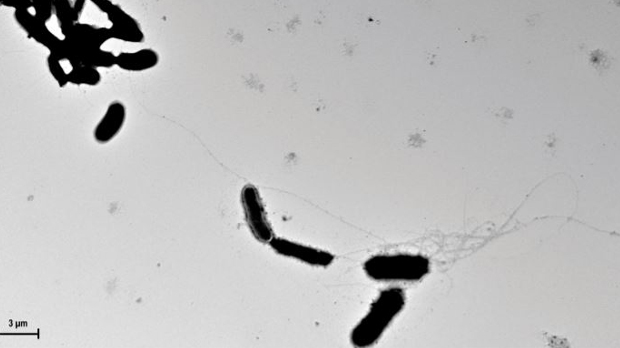Abstract
We describe in vivo follow-up PET imaging and postmortem findings from an autosomal dominant Alzheimer’s disease (ADAD) PSEN1 E280A carrier who was also homozygous for the APOE3 Christchurch (APOE3ch) variant and was protected against Alzheimer’s symptoms for almost three decades beyond the expected age of onset. We identified a distinct anatomical pattern of tau pathology with atypical accumulation in vivo and unusual postmortem regional distribution characterized by sparing in the frontal cortex and severe pathology in the occipital cortex. The frontal cortex and the hippocampus, less affected than the occipital cortex by tau pathology, contained Related Orphan Receptor B (RORB) positive neurons, homeostatic astrocytes and higher APOE expression. The occipital cortex, the only cortical region showing cerebral amyloid angiopathy (CAA), exhibited a distinctive chronic inflammatory microglial profile and lower APOE expression. Thus, the Christchurch variant may impact the distribution of tau pathology, modulate age at onset, severity, progression, and clinical presentation of ADAD, suggesting possible therapeutic strategies.
Introduction
Familial Alzheimer’s disease is characterized by its high pathological severity and early disease onset. Nevertheless, some cases belonging to a large kindred carrying the presenilin-1 (PSEN1) E280A mutation have shown delayed onset, suggesting possible mechanisms of disease modulation [31, 32]. Apolipoprotein E (APOE) haplotype variants such as APOE4 have been associated with increased risk of sporadic Alzheimer’s disease [35]. APOE’s possible role in Alzheimer’s pathophysiology include cellular mechanisms involving neuronal and glial functions [34, 35], together with direct effects in amyloid-β (Aβ) aggregation and deposition [37]. We previously reported a PSEN1 E280A mutation carrier from the world’s largest known autosomal dominant Alzheimer’s disease (ADAD) kindred who was spared from Alzheimer’s symptoms until her seventies, nearly three decades after the typical age of clinical onset among mutation carriers in this kindred [1]. At the time of first examination, she was found to carry two copies of the rare APOE3 Christchurch variant (APOE3ch) and had severely elevated brain Aβ with limited tau pathology and neurodegeneration, as measured by in vivo PET imaging.
In vitro experiments from that report suggested that the APOE3ch variant may have protective effects by reducing ApoE binding to heparan sulfate proteoglycans and lipoprotein receptors involved in tau uptake and spread compared to other APOE variants. Since the original report, the availability of follow-up in vivo imaging and postmortem data has enabled us to further evaluate in greater detail the mechanisms of protection in this patient. In this study we aim to describe these longitudinal in vivo and postmortem findings, including an atypical regional distribution of tau pathology evident in both imaging and postmortem assessments, and gene expression profiles of neurons and neuroglia that correspond to regional vulnerability and protection against tau….







